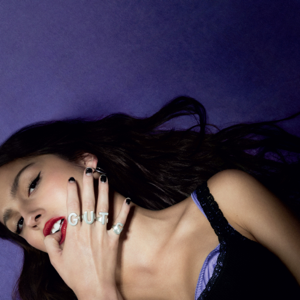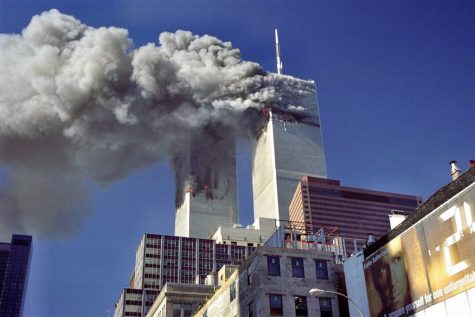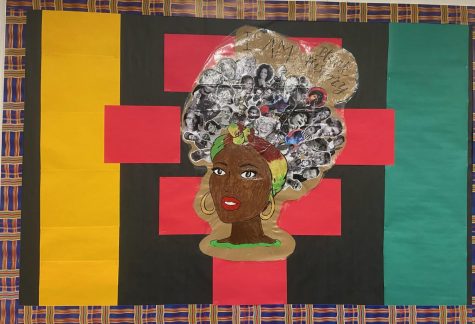Drew Recommends: War and Peace (1965)
Early 1960’s. It’s the height of the Cold War. Russia and America are at heads with each other, competing to see who has got the technology, medicine, and intelligence the world yearns for. In September of 1962, director Sergey Bonderchuk began shooting what would later become the Soviet Union’s most expensive, expansive, and technologically impressive film of its history: War and Peace.
Based off of the novel by the same name, War and Peace follows the private lives of Prince Andrei, his beloved Natasha, and Pierre, all of whom must tackle both their deepest affections as well as rising tensions during the Napoleonic Wars. It is an absolutely miraculous film, a film shot on an extremely impressive scale, dealing with extremely impressive camera work and technology.
Soviet soldiers, sergeants, generals, and officers all helped make up the ensemble and provide the resources for the film. Some shots took an hour or more to prepare, and those shots usually took weeks to perfect. During moving shots, the cameraman was put on roller skates to allow the shot to flow steadily, the first steady-cam wouldn’t be introduced until another twenty-five years in “The Shining”. During many of the battle sequences, the cameraman had to change transportation mid—shot, going from a chair to conveyor belt, to a crane.
There are over 300 roles which are taken up by various theatre actors, director Bonderchauck playing the assisting role of Pierre Bezukhov and having the reputation of rehearsing scenes in great detail due to his duty of being director. Even the script’s camera movements and actions were described to the cast and crew on paper in a very poetic way. Trained in the military, members of the ensemble were often required to jump through real fires and dodge actual explosions, which can be seen as the camera was, on multiple occasions, hit or pushed out of the way by these men.
The makeup and costumes for this film are outstanding. With such a large ensemble cast, the makeup artists had to modify each and every soldiers’ appearance during some scenes to look as though they have been wounded in battle. The story itself deals a lot with contradictions, opposite ends of the scale; it’s impressive to see how, through costume design, set design, makeup and hair styling these moods were created and how vast the wardrobe was for different settings, different social classes, and different occasions.
Visual effects technician Vladimir Likachev deals a lot with smoke throughout this film. During many of the battle scenes, leaves are flying everywhere, fire is erupting on both sides of the camera, houses are blowing up, all the while the camera is moving through this chaotic mess, the cameraman taking careful precautions to keep safe the equipment by means of fire blankets. The cinematic effects and color-grading are as well very impressive, a slight green tint showing through much of the film. Many creative techniques were created to keep the camera flowing through the scene and many creative techniques were used to transition from shot to shot.
Director Bonderchuk knew very well that this film had to illustrate that same important message which Tolstoy introduced a century ago; Bonderchuck was not just a director, nor was he a government puppet to compete with America; Bonderchuk knew very well the artistry in making film, as he was inspired by Tolstoy’s words: “If he [the artist] has found and knows everything, and teaches or intentionally entertains, he has no influence. Only if he is seeking, will the viewer join him in his search.”
Some prestigious awards that this film was given include “The Grand Prix” awarded by the Moscow Film Festival, being recognized as the best film of the year by Japan’s “Ministry of Education”, being recommended to all of its students and it won the Oscars for Best Foreign film. It has ended up being one of the most renowned, impressive, and entertaining films of all time, and I personally still cannot believe that this was made in the 60’s, for the far majority of directors today would not have the patience, resources, or creativity to make a film this grand, this chaotic, this calm.
When Bondarchuk was asked what feeling was to be accomplished by this film, he responded with “Our duty is to introduce our future viewer to the origins of sublime art, to visualize the innermost secrets of the novel, to convey the sense of being fully alive, the joy of being human.”








